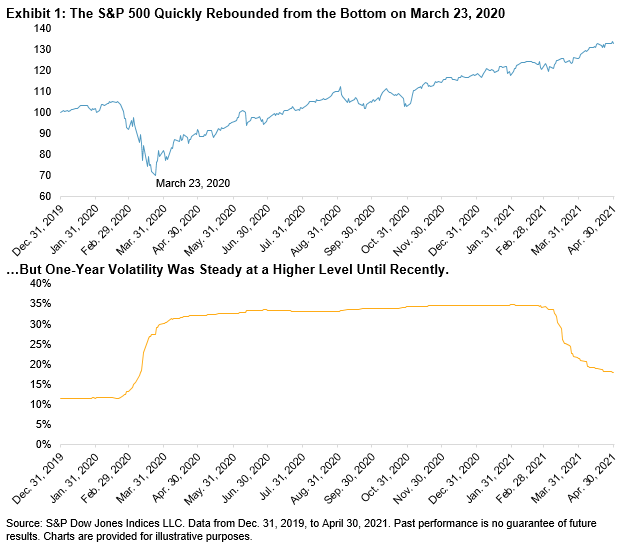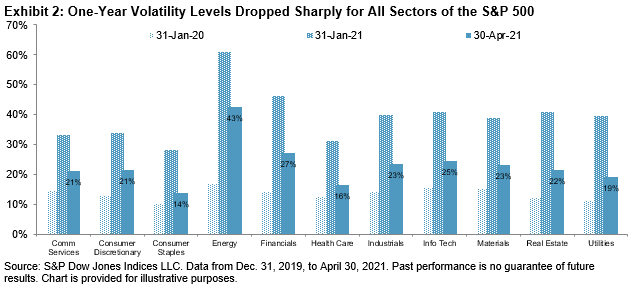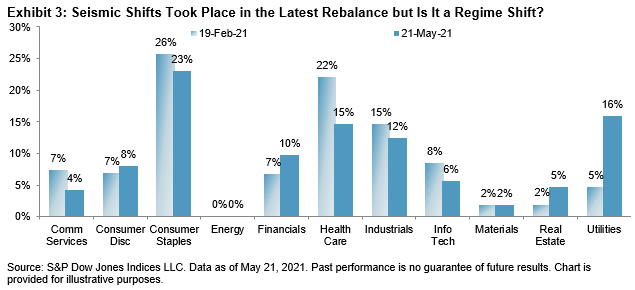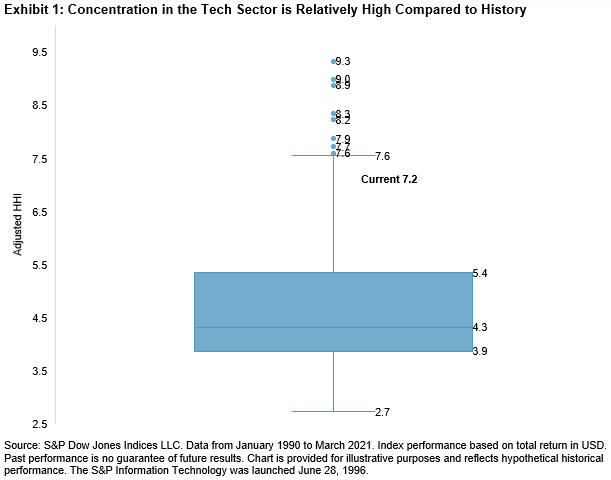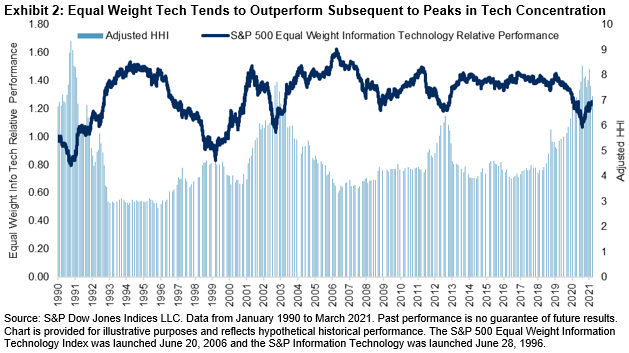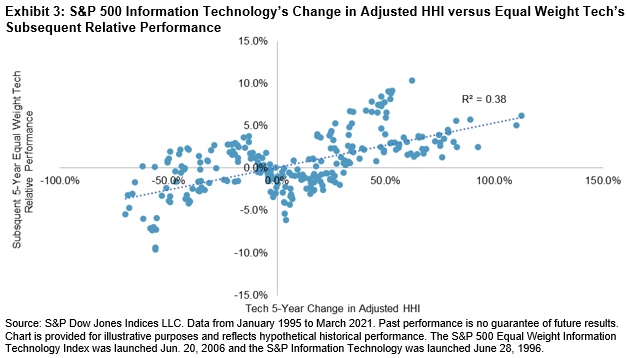The Dow Jones Industrial Average® (DJIA) will celebrate its quasquicentennial on Wednesday, which marks exactly 125 years since the index’s first publication. Before one of the world’s most watched and widely cited benchmarks hits this milestone, here is an overview of “The Dow®,” including its origins, what has stayed the same over the years, and what hasn’t.
Not the First Index to Measure the U.S. Equity Market… But Not Far Off!
Although many believe the DJIA is the first index to measure the U.S. equity market, that distinction actually goes to the Dow Jones Railroad Average. Charles Dow & Edward Jones began publishing the Railroad Average in 1884, and its composition reflected the importance of railroads to the U.S. economy—9 of the index’s 11 constituents were railroads, with Western Union and the Pacific Mail Steamship Company completing the set.
Although the Railroad Average (now known as the Dow Jones Transportation Average) reflected the major drivers of the U.S. economy at the end of the 19th century, Charles Dow thought that industrial companies would be crucial contributors to U.S. economic growth. Hence, the DJIA was born on May 26, 1896, as a way to track trends in the U.S. market. It initially contained 12 stocks, expanded to 20 stocks in 1916, and increased to the now familiar stock count of 30 in 1928.

Capturing Sectoral Trends in the U.S. Market
Charles Dow’s view about industrial companies proved correct as manufacturing achieved greater prominence in U.S. equity markets: manufacturing companies accounted for more than 50% of the U.S. equity market in 1950. The DJIA’s composition evolved to reflect this trend, as several manufacturers were added to the index by the middle of the 20th century. More recently, the DJIA captured the increased importance of Information Technology companies, which currently account for around 21% of the DJIA’s weight.
The index’s ability to capture sectoral trends is not surprising since it is designed to measure the market and so seeks to offer suitable sector representation, although the Transportation industry group and the Utilities sector are excluded as these companies have their own Dow Jones Averages.

No Set Quantitative Rules, But a Few Updates along the Way
The DJIA’s stock selection is not governed by quantitative rules. Instead, the Averages Committee makes constituent changes on an as-needed basis. Stocks are typically added only if the company has an excellent reputation, demonstrates sustained growth, and is of interest to a large number of investors. Eligible companies must be incorporated and headquartered in the U.S., and most of their revenues should come from the U.S. as well.
The resulting DJIA index levels offer a glimpse into U.S. equity market trends over the past 125 years. Such a lengthy history can be extremely useful for contextualizing today’s market movements, especially as it allows for comparisons across a range of market environments.

The DJIA has served as one of the preeminent gauges of the U.S. equity market for the past 125 years. Its history makes it especially useful for those looking to contextualize the market’s movements. Hence, at least some market participants may find themselves asking the question, “how now The Dow?”
The posts on this blog are opinions, not advice. Please read our Disclaimers.













































